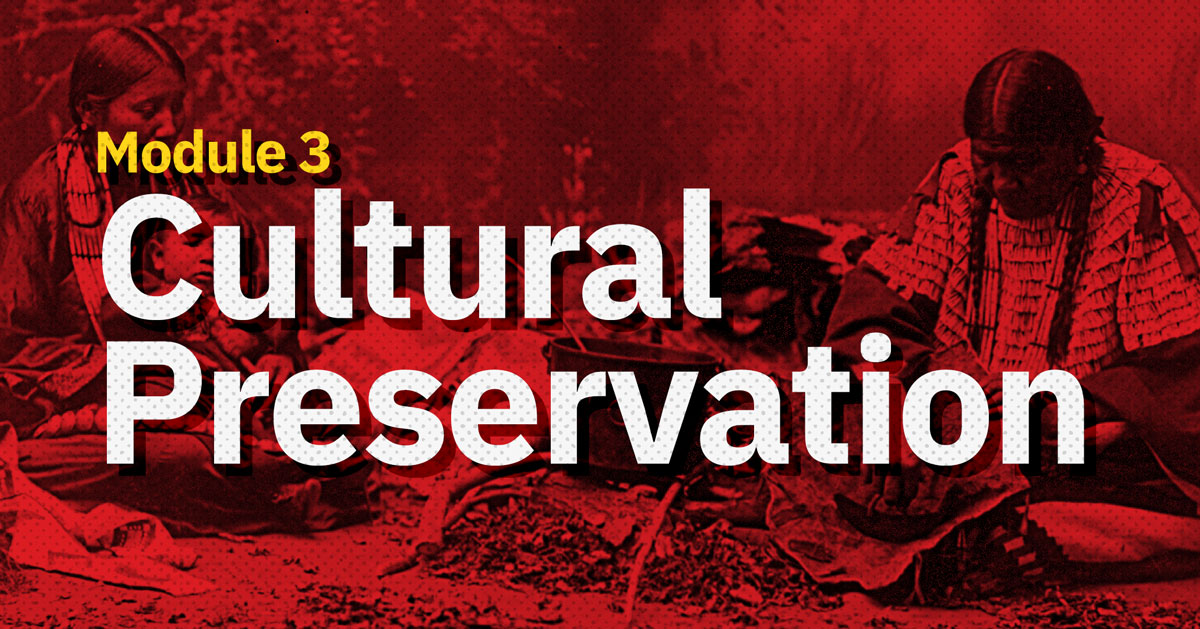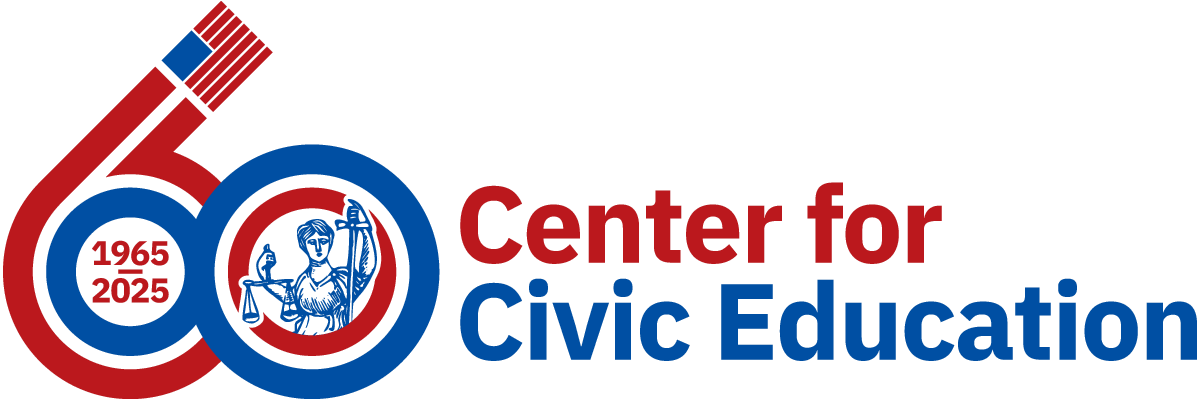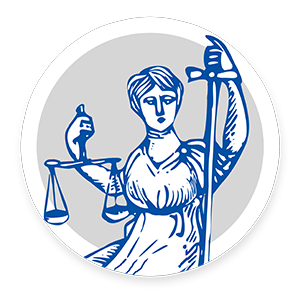
Module 3: Cultural Preservation
In this lesson, students will explore the rich cultural history of Indigenous and rural communities. This history is held in high regard, even to a sacred level, for these groups. America has been home to Indigenous people for thousands of years. Additionally, rural communities have their own traditions, but this heritage and its transmission from one generation to the next has not historically been protected.
Lesson Plan: Day 3
- Welcome students to social studies.
- Using the vocabulary slide deck for Day 3 (slide 27), have students write down one vocabulary word they feel confident about and one they'd like to review further, then review these identified vocabulary terms.
- Share the Preserving the Ways - Culture and Traditions video clip (from start to 1:01).
- Pose this question: “Should culture from rural and Indigenous communities be preserved? What value does culture hold in Indigenous and rural communities?”
- Look at the images in the “Should We Save This?” activity.
- If you do not have the technology to project this, a printable version has been added to the Day 3 materials.
- Using the Should We Save This? Organizer, have students brainstorm the following for each image:
- What is this an image of?
- Should we save this object? Yes or no?
- Why should we save this object, or why should we get rid of this object?
- Is there a more modern version of this item that is more efficient or more useful?
- Brainstorm as a class:
- What factors would determine if this is worth saving?
- What are the benefits of not saving this item?
- What happens if we do not attempt to save or protect this item?
- Does modernization play a role in the future of this item?
- Has this item been replaced as a result of modernization?
- Whose job is it to save this?
- Reveal what each image is, and what the source/owner of the image is.
- This information is shared in the notes section for each slide.
- Take a poll for each image and have students visually share (raised hand, thumbs up) if their image prediction was correct.
- Discuss ways that these objects can be modernized and used today.
- Explain that the class will be taking part in a
Paideia seminar today and that they will be reviewing proposed legislation that would help support cultural preservation of Indigenous and rural cultures.
Pose the question: “How might your life be different without _____________”:
- Public education for grades K–12
- Healthcare
- Internet and computer access
- College
- Trade schools
- Job opportunities close to home
- Discuss the importance of keeping traditions while at the same time making sure that ways of life can be modernized for a better future.
Universal Design for Learning (UDL)
- Allow students to choose how to respond to the brainstorming activity through writing, drawing, and oral responses.
Multilingual Learners (ML)
Social-Emotional Learning (SEL)
Civic Skills & Dispositions
Extending Learning
- Distribute copies of Cultural Preservation: Day 3 Text- National Historic Preservation Act of 1966.
- Read each section aloud or have students read aloud in trio groups.
- While listening, have students annotate the section by circling unfamiliar words or phrases.
- Provide the background information for the students. Follow the steps outlined in the Day 3 Cultural Preservation Paideia Seminar Plan as a resource titled Background Information on the Text.
- Have a volunteer list them on the interactive whiteboard or somewhere vocabulary can be displayed.
- Instruct each group to reread the text selection, slowly highlighting the three most impactful lines or sentences. Then, in the selection’s margins, write notes on what makes those lines or sentences compelling. To support the students’ efforts to annotate the text, consider providing the following guidance:
- Think about which three sentences/statements you think are most powerful or important and highlight them.
- Why do you think the statements you highlighted are among the most important in this section? Note your reasoning in the margin near each highlighted statement.
- Consider notating any text selection that makes reference to life, liberty, or the pursuit of happiness.
Universal Design for Learning (UDL)
- Utilize text-reader technology to provide audio options for texts.
- Offer pre-highlighted and annotated versions of the texts for students who may need additional support and scaffolding.
Multilingual Learners (ML)
Social-Emotional Learning (SEL)
Civic Skills & Dispositions
Extending Learning
- Inform students that as a class, they will now participate in a conversation about inalienable rights.
- Define and state the purpose of the seminar. Follow the steps outlined in the pre-seminar section of the Day 3 Cultural Preservation Paideia Seminar Plan as a resource titled Define and State the Purpose of the Seminar.
- Describe the responsibilities of the facilitator and participants. Follow the steps outlined in the Day 3 Cultural Preservation Paideia Seminar Plan as a resource titled Describe the Responsibilities of the Facilitator and Participants.
- Have Participants Set a Personal Goal. Follow the steps outlined in the Day 3 Cultural Preservation Paideia Seminar Plan titled Have Participants Set a Personal Goal and Day 3: Cultural Preservation: Civil Dialogue Paideia Seminar Organizer in the Before the Seminar section as resources.
- Agree on a group goal. Follow the steps outlined in the Day 3 Cultural Preservation Paideia Seminar Plan titled Agree on a Group Goal and Day 3: Cultural Preservation: Civil Dialogue Paideia Seminar Organizer in the Before the Seminar section as resources.
- Conduct the Paideia Seminar. Follow the steps outlined in the Day 3 Cultural Preservation Paideia Seminar Plan titled Seminar Questions as a resource.
- Remind students there is space to record ideas and wonderings as they listen and participate in the section titled During the Seminar section on the Day 3: Cultural Preservation: Civil Dialogue Paideia Seminar Organizer.
Universal Design for Learning (UDL)
- Provide visual guides on the expectations of the seminar.
- Use timers or visual cues during the seminar to help students manage time effectively for each question.
Multilingual Learners (ML)
Social-Emotional Learning (SEL)
Civic Skills & Dispositions
Extending Learning
- Congratulate students for successfully participating in this civic conversation.
- Thank the students for their focused and thoughtful participation in the seminar.
- Have students complete the After Seminar section of the Day 3: Cultural Preservation: Civil Dialogue Paideia Seminar Organizer.
- Allow time for students to reflect on their participation and that of the class.
- Students will self-evaluate the success of accomplishing their personal goal and the class goal, as well as reflect on the seminar experience.
Universal Design for Learning (UDL)
- Allow students to capture their reflections via audio or video recording.
- Use anchor charts to help students understand what effective group work and individual contributions means.
Multilingual Learners (ML)
Social-Emotional Learning (SEL)
Civic Skills & Dispositions
Extending Learning
- As a culminating activity, students should engage in small-group discussions to recall what they have learned throughout this module. Provide a few minutes for them to engage in reflective conversation.
- Students will complete an Exit Ticket to answer the inquiry question for this module: “Can a community preserve its culture while embracing modernization?”
- Consider using the Inquiry Reflection Tool for student self-reflection.
Universal Design for Learning (UDL)
- Allow multiple formats for students to respond to the exit ticket.
Multilingual Learners (ML)
Social-Emotional Learning (SEL)
Civic Skills & Dispositions
Extending Learning






